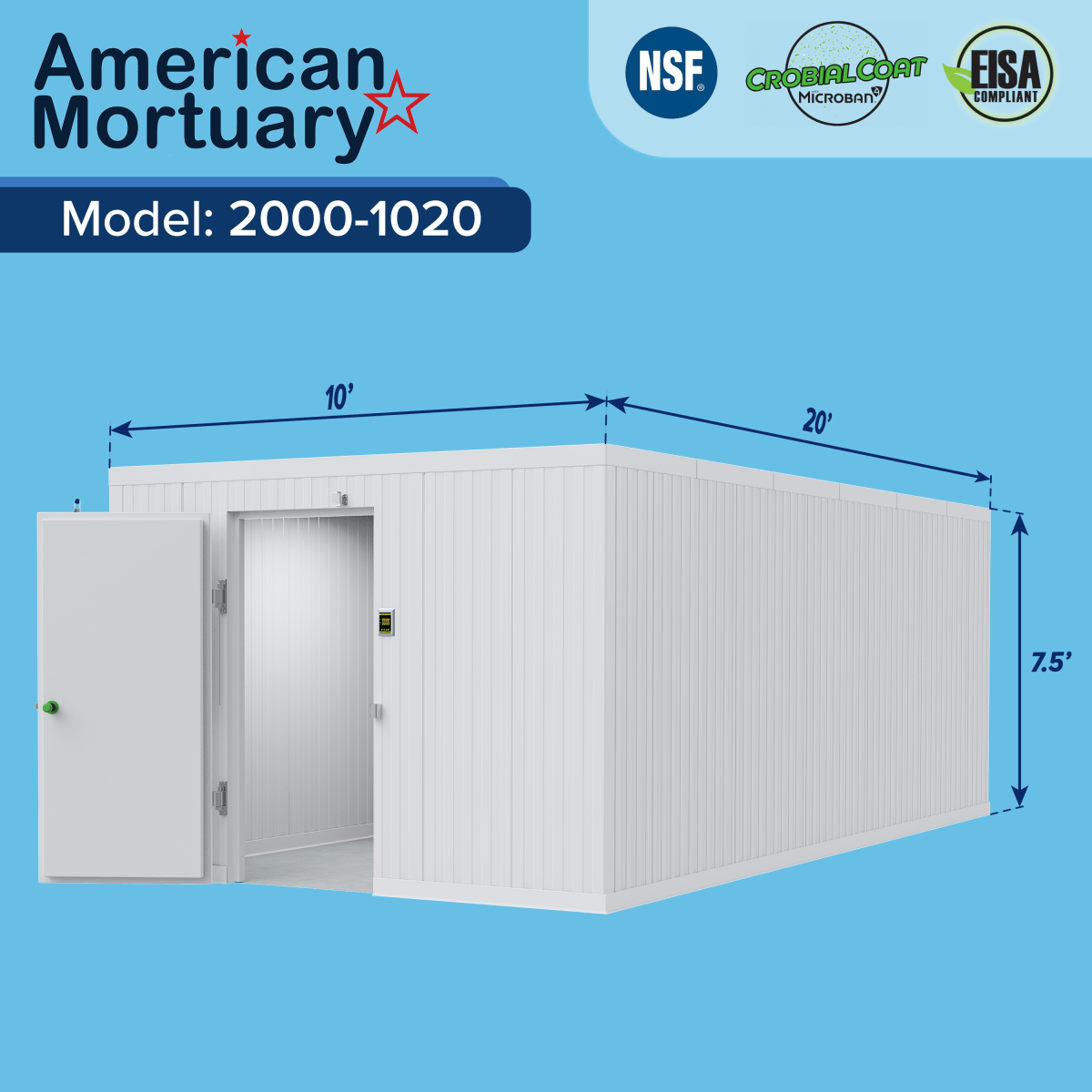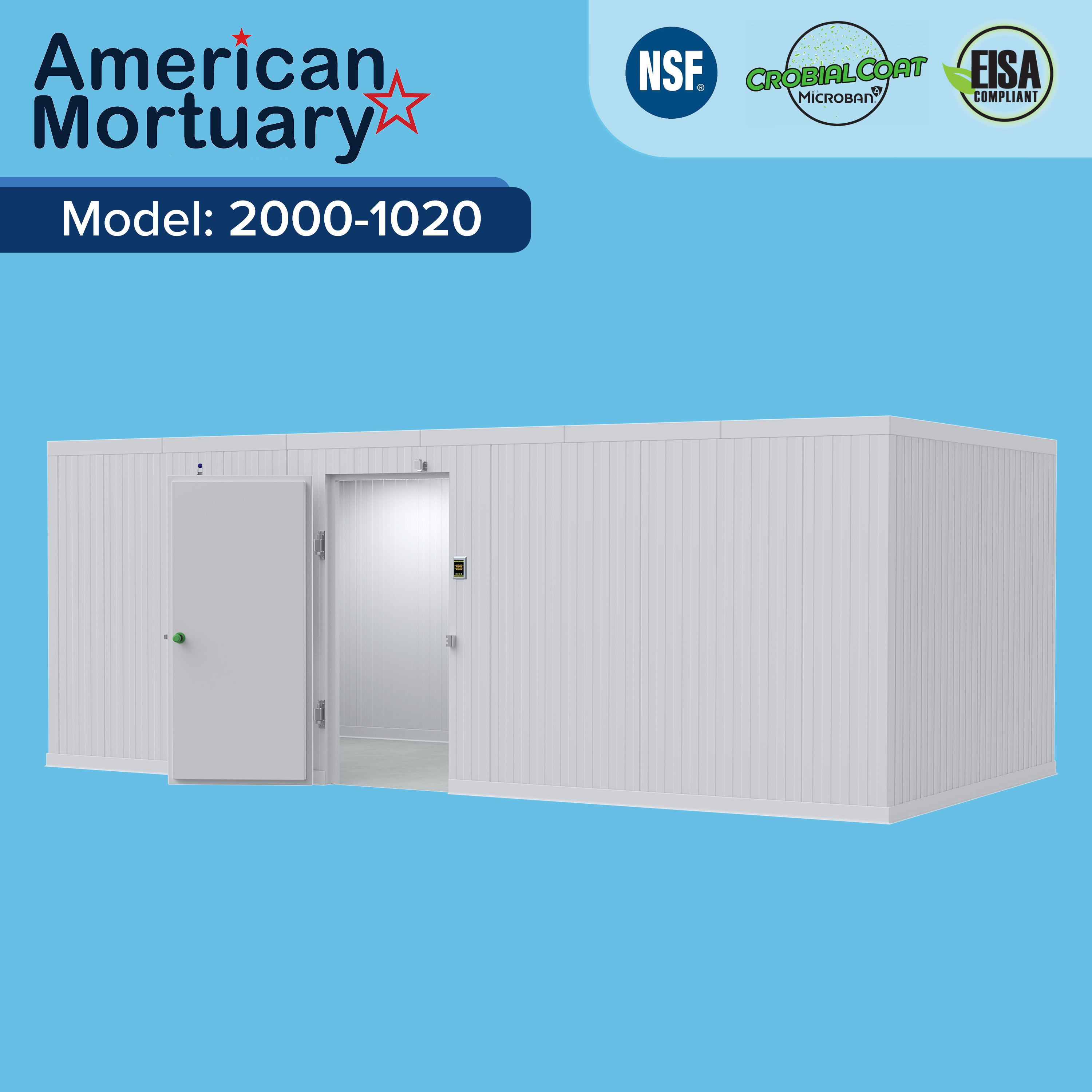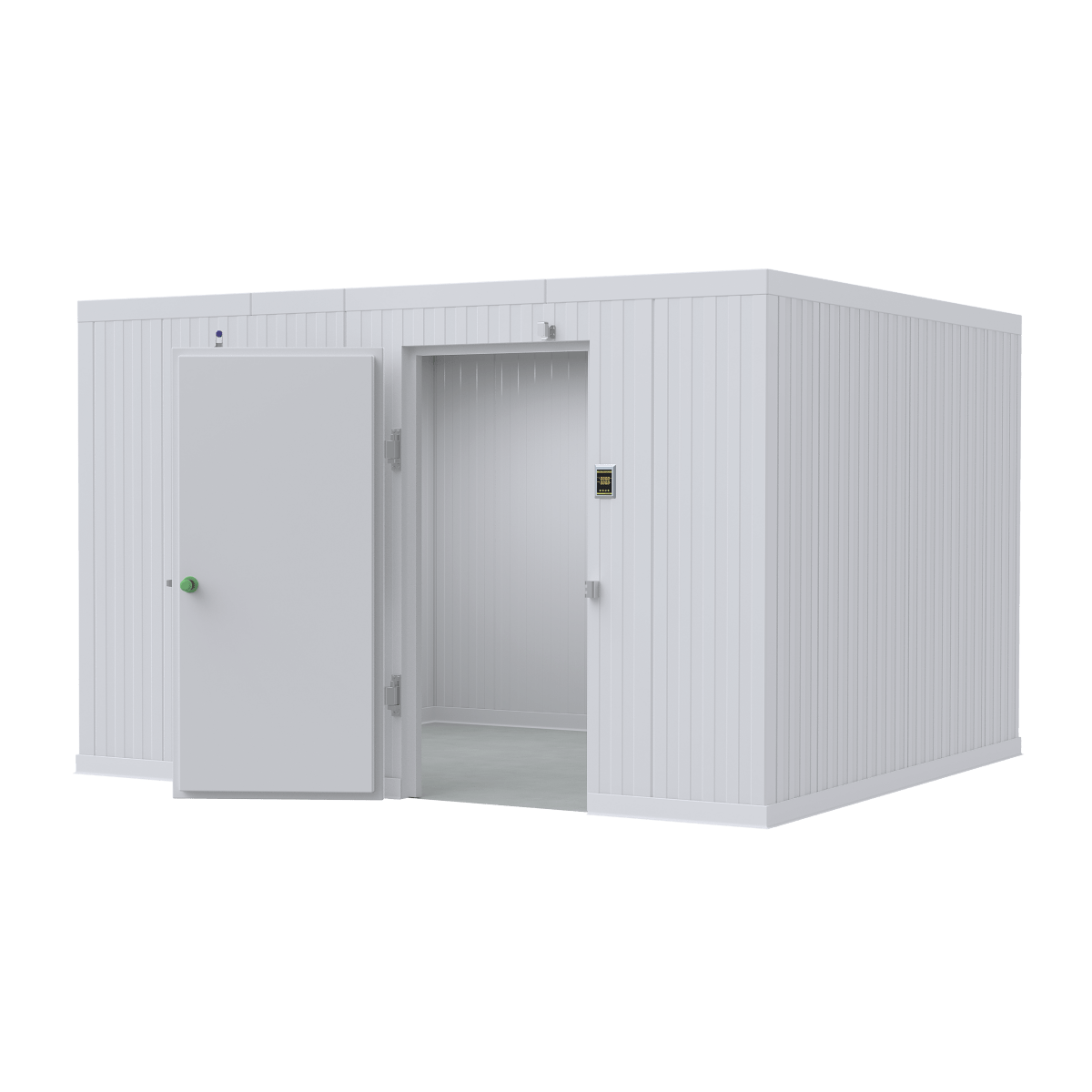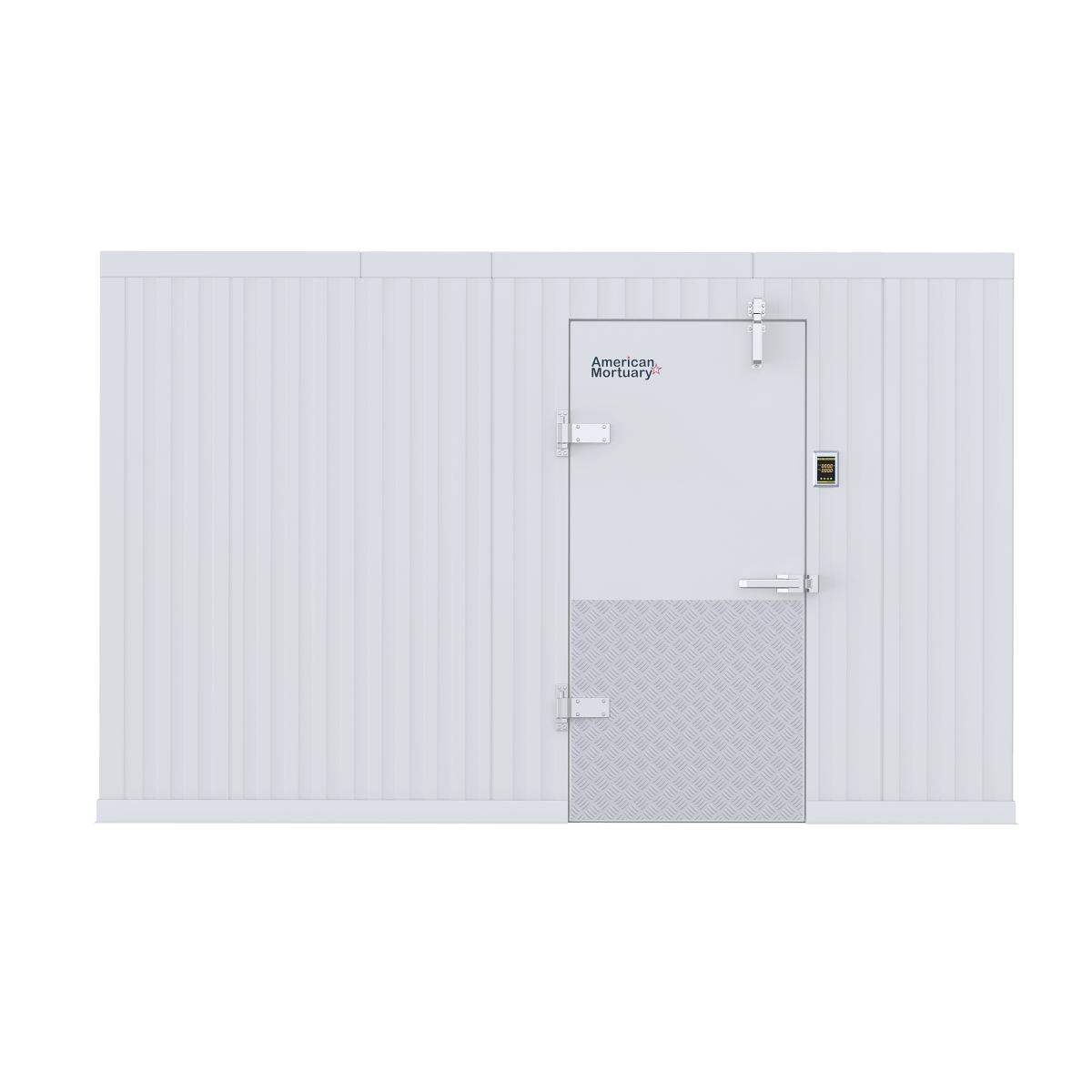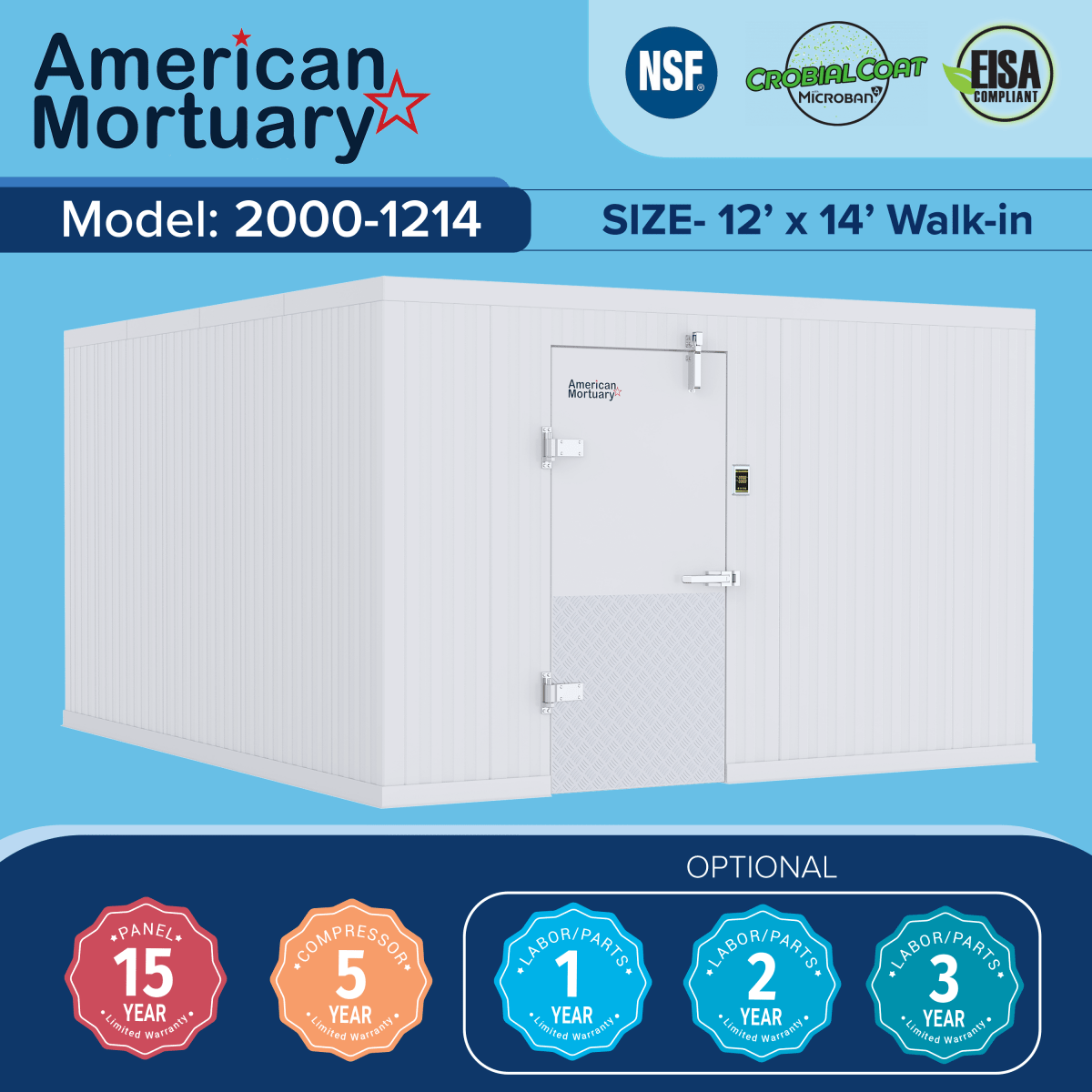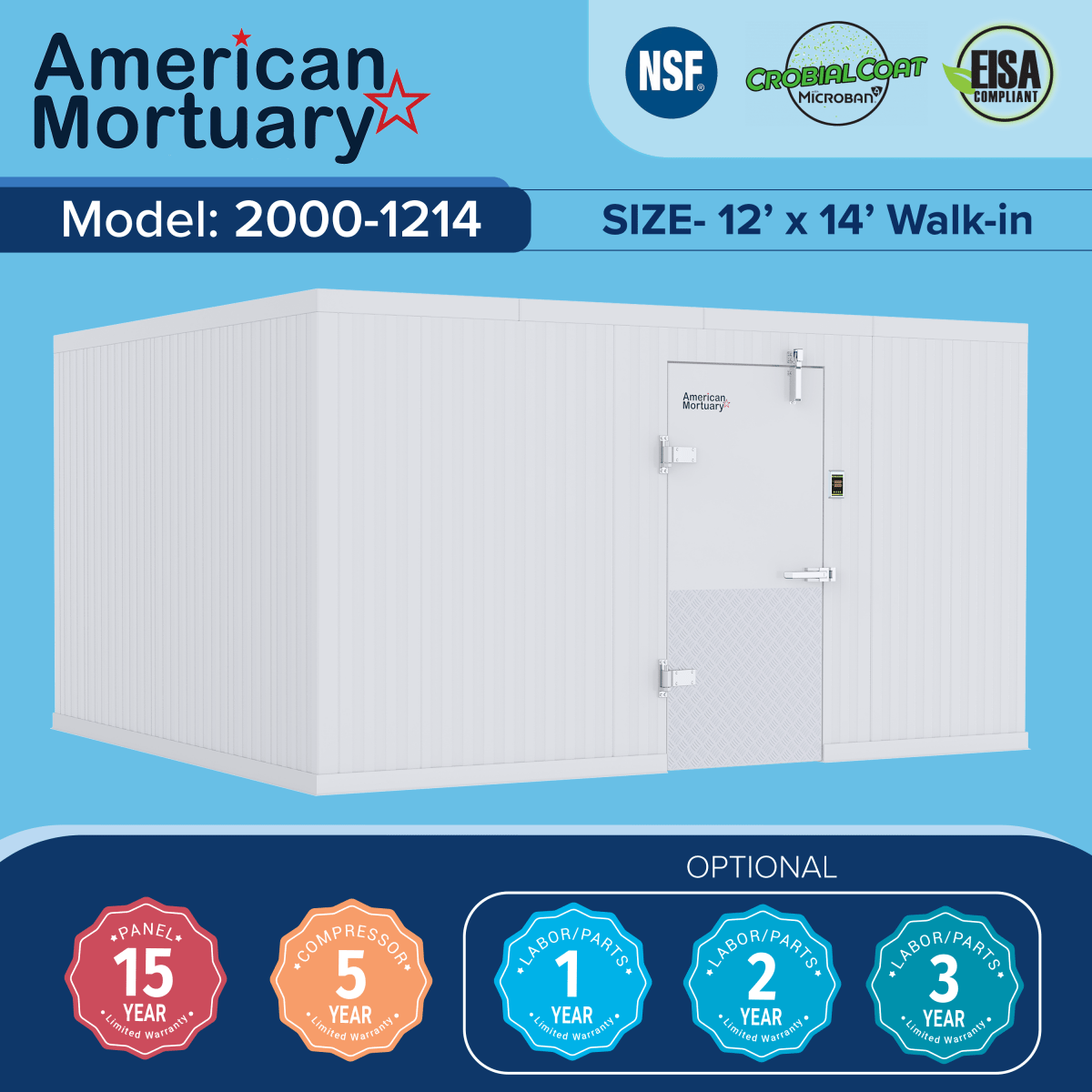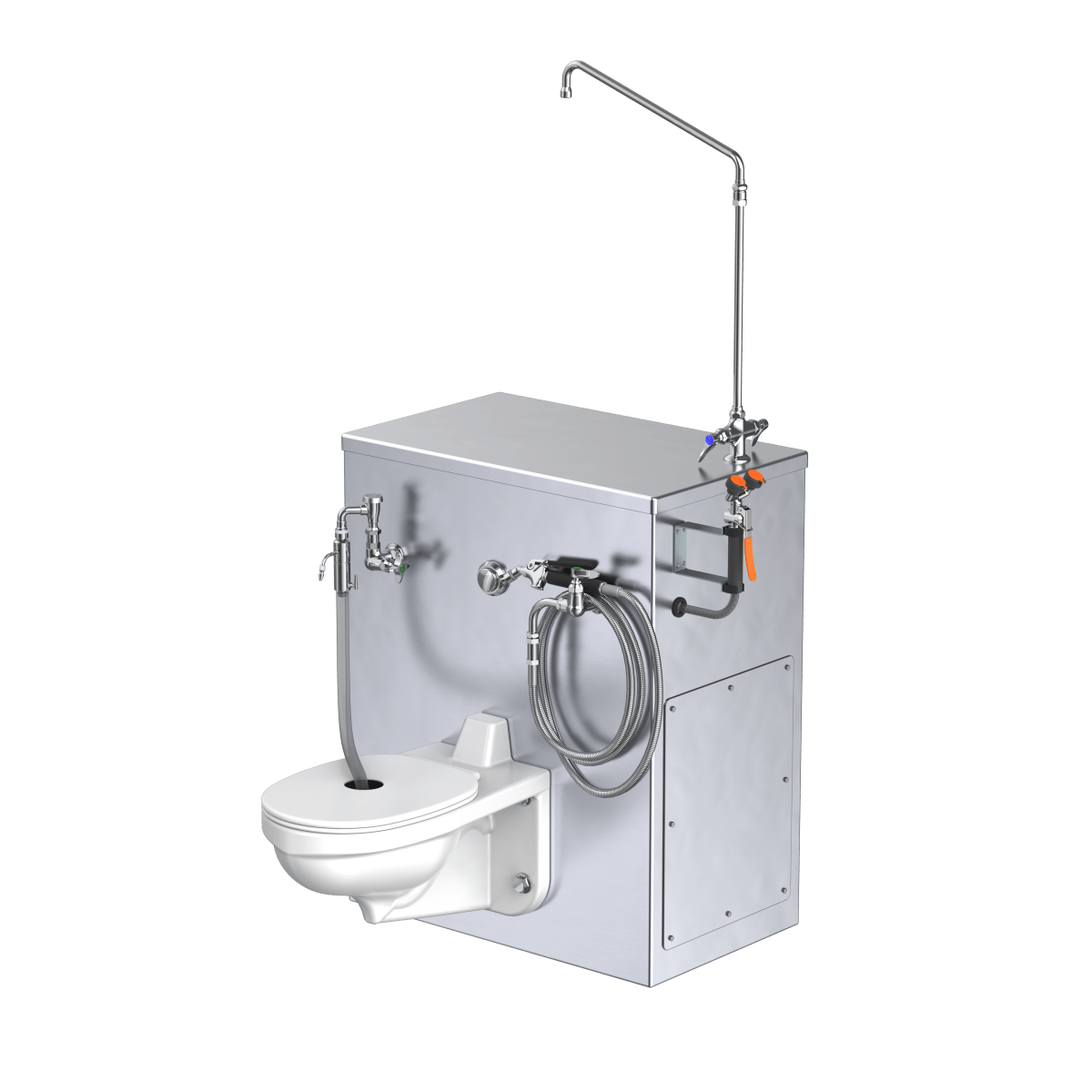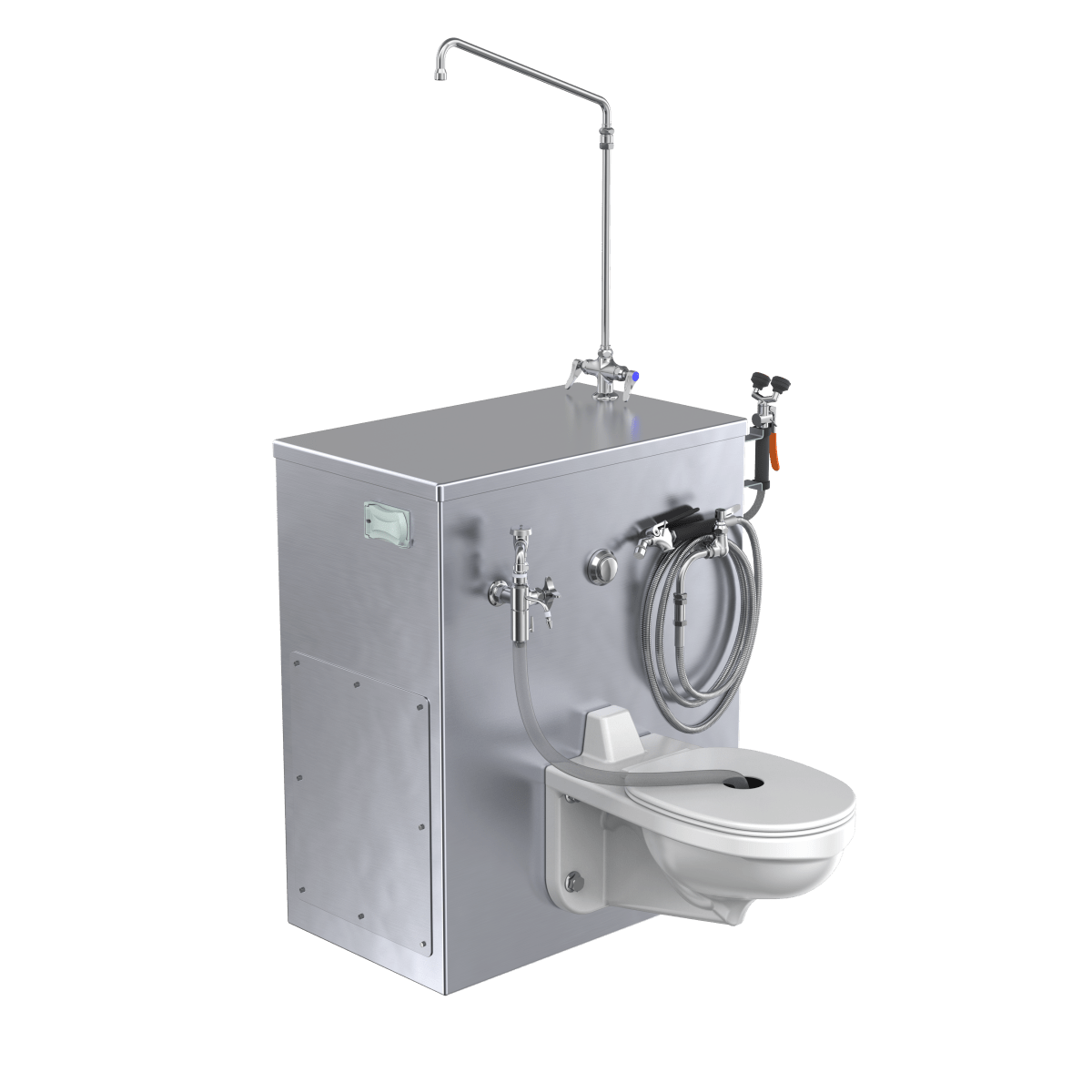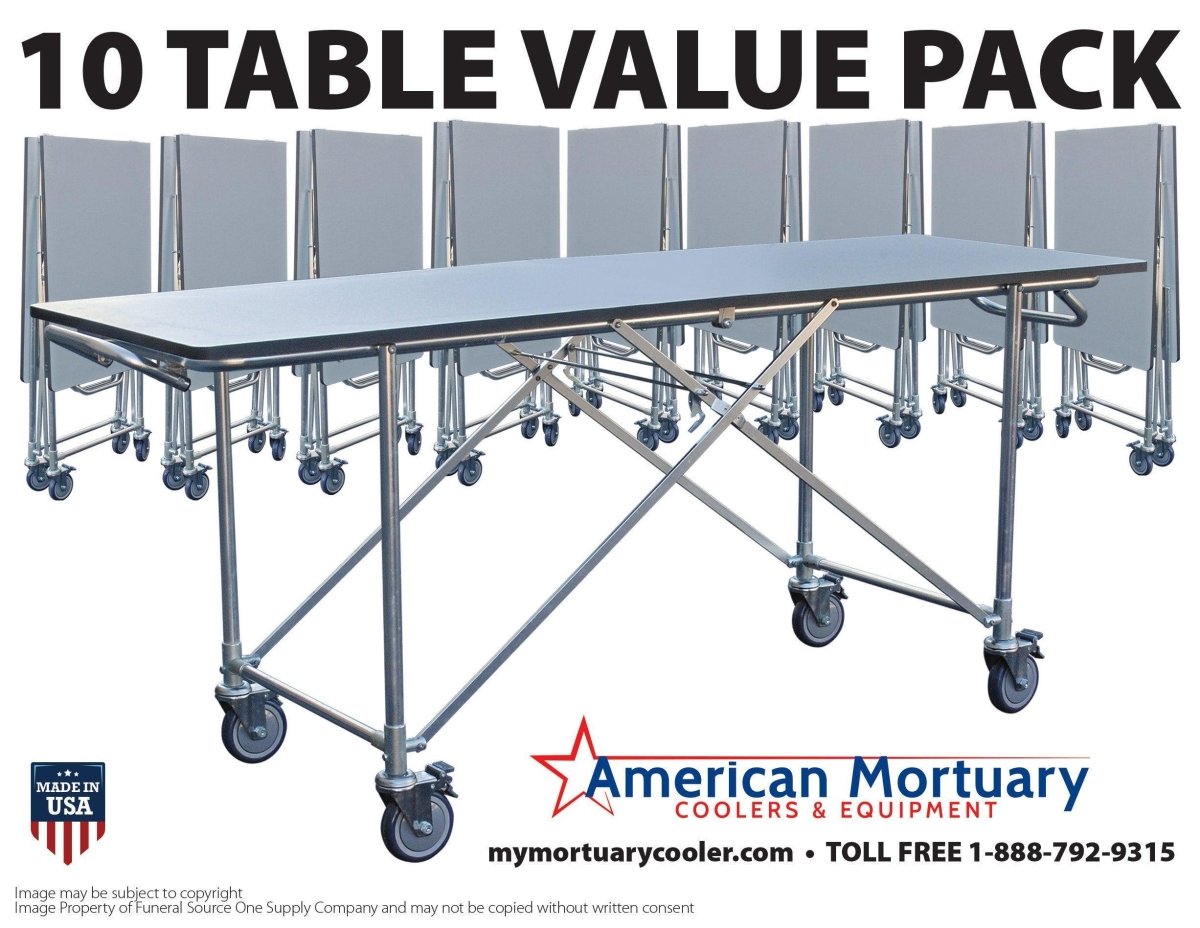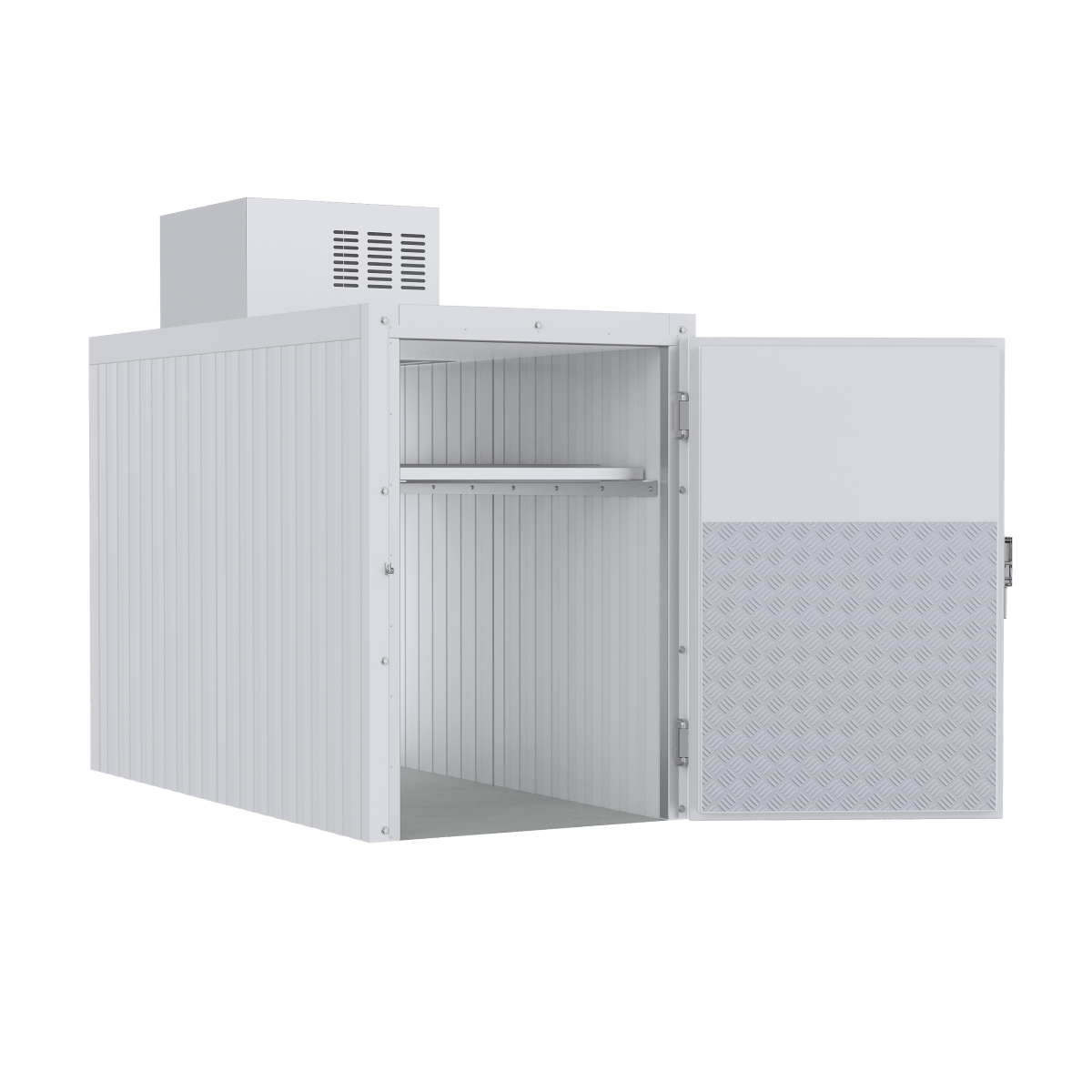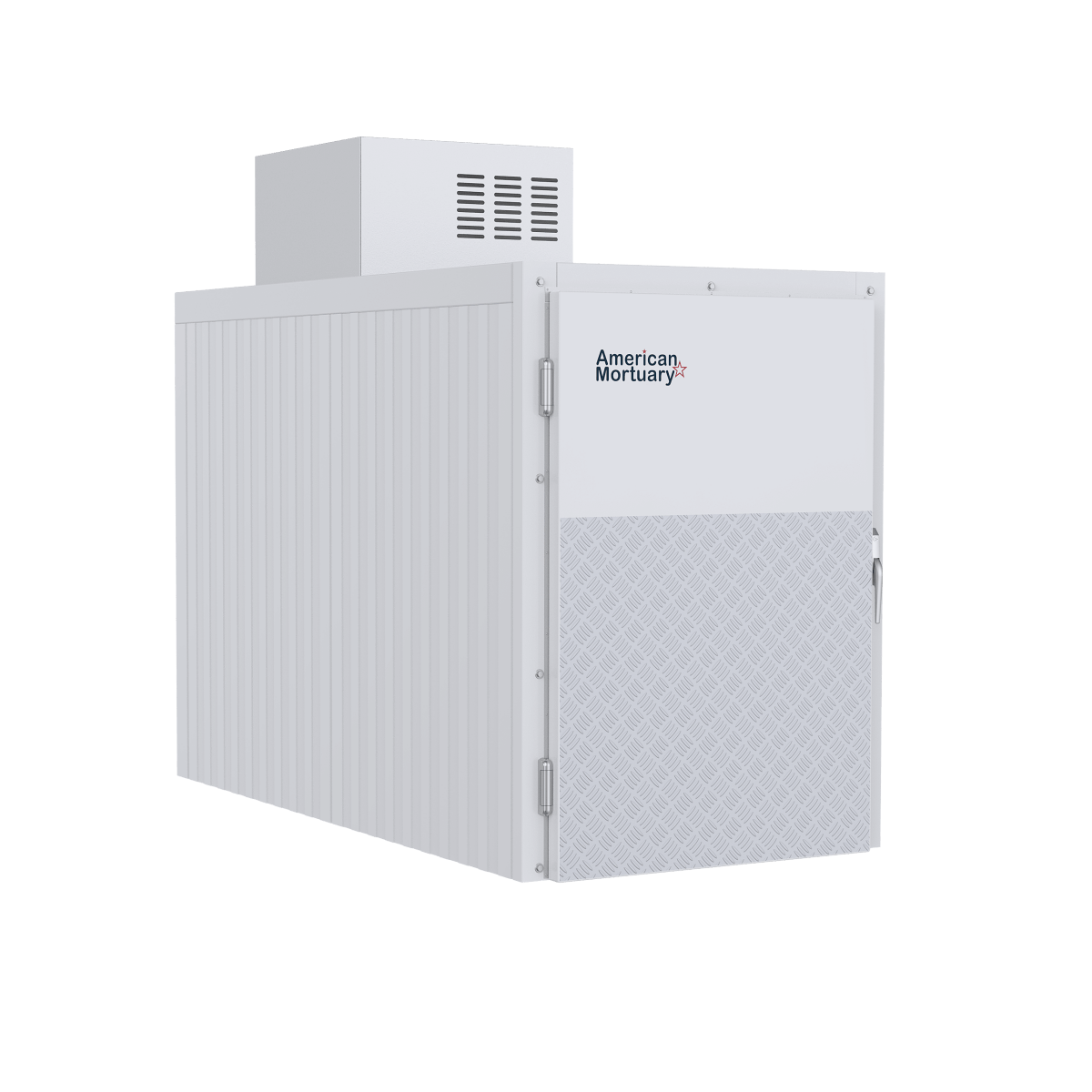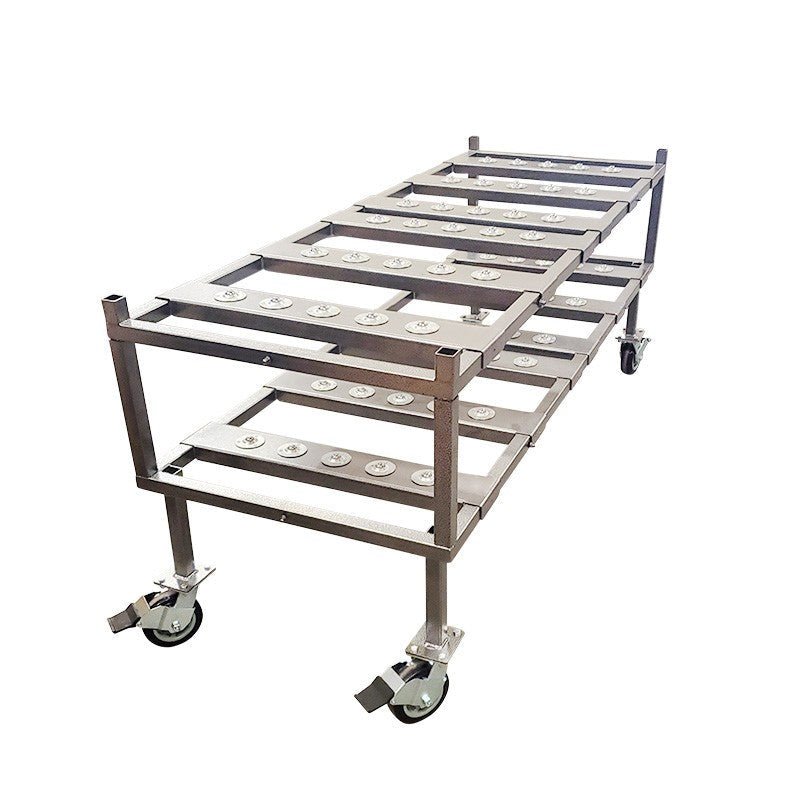Understanding Sliding Boards: The Essential Transfer Tool
A sliding board is a smooth, flat device designed to bridge gaps between surfaces, allowing people or objects to slide across safely. Whether you need one for patient transfers, fitness training, or mortuary operations, here's what you need to know:
| Sliding Board Type | Primary Use | Typical Dimensions | Weight Capacity |
|---|---|---|---|
| Patient Transfer Board | Healthcare mobility assistance | 27-32 inches long | 330-485 lbs |
| Fitness Slide Board | Lateral exercise training | 6-10 feet long | 250-300 lbs |
| Mortuary Slider Board | Decedent transfers | 36-72 inches long | Up to 500 lbs |
| Playground "Sliding Board" | Recreation (regional term for slide) | Various | Varies |
Sliding boards create a bridge that eliminates gaps between surfaces, reducing physical strain and injury risk. They're invaluable tools in healthcare settings, fitness facilities, and mortuary operations where safe transfers are essential.
The term "sliding board" itself has interesting regional variations - in the Mid-Atlantic states, it's commonly used to describe playground slides, while elsewhere it primarily refers to transfer devices. This linguistic quirk highlights how deeply embedded these tools are in our everyday language.
Modern sliding boards are typically made from high-density polyethylene (HDPE), wood, or composite materials designed for durability and easy cleaning. The smooth surface reduces friction, allowing for effortless transfers with minimal physical exertion.
I'm Mortuary Cooler, a national-level supplier of mortuary equipment including specialized sliding boards designed for dignified and efficient decedent transfers. Our experience with sliding boards spans decades, ensuring we provide only the most reliable transfer solutions for funeral homes across America.

Handy sliding board terms:
What Is a Sliding Board?
A sliding board is your smooth-surfaced bridge between two places, designed to make movement easy and friction-free. Think of it as a portable pathway that lets people or objects glide safely from one surface to another without any lifting required.
The genius of a sliding board lies in its beautiful simplicity. By creating a low-friction surface that spans a gap, it transforms what could be a difficult or risky transfer into a smooth, effortless transition that reduces physical strain and prevents injuries.
"The beauty of a sliding board lies in its simplicity," says Jason Thornton, a physical therapist with 15 years of experience. "It's essentially using the physics of reduced friction to make what would otherwise be a difficult or dangerous transfer into something smooth and manageable."
Depending on where you're using it, you might hear a sliding board called a transfer board, slide board, slider board, or glide board. Despite the name variations, all share essential qualities: a smooth, durable surface; enough length to bridge gaps safely; proper width for stability; and sufficient strength to support the intended weight.
Sliding Board vs. Slide: Dialect Debate
Here's something fascinating – the term "sliding board" reveals a lot about American regional speech patterns! In the Mid-Atlantic states, particularly Pennsylvania and Maryland, people commonly use "sliding board" to describe what most Americans simply call a "slide" – you know, that playground fixture kids zoom down for fun.
This regional quirk sparked quite the online conversation when a blogger mentioned standing atop a playground "sliding board" only to have her boyfriend look at her "like I'd just spoken Martian." The Facebook thread that followed generated over 70 comments from people tracing the term's usage across different regions.
One passionate Pennsylvania native defended the term: "Slide is lazy; sliding board is more accurate and descriptive. You're sliding on a board, after all." Meanwhile, folks from other regions found the term completely foreign.
Reddit threads about 1970s playground equipment show similar linguistic divides, with commenters asking: "Sliding board? What planet are you from anyway?" while others jump in confirming it's perfectly normal terminology where they grew up.
This charming language variation shows how deeply these simple devices are woven into our cultural experiences – so much so that we develop strong regional preferences for what to call them!
Anatomy of a Modern Sliding Board
Today's sliding boards have come a long way from their humble beginnings. Modern boards are carefully engineered with specific materials, dimensions, and features to perform optimally across various uses.
The materials make all the difference in how a sliding board functions:
High-Density Polyethylene (HDPE) is the star player for patient transfer and mortuary sliding boards. It offers that perfect balance of durability, easy cleaning, and low friction. These boards typically support impressive weights up to 485 pounds and stand up to most cleaning chemicals without deteriorating.
Wood brings a traditional, warm touch to patient transfer boards. Often crafted from Baltic birch plywood with a clear finish, wooden sliding boards offer decent durability and can usually support weights up to 440 pounds.
Composite Materials take things to the next level for specialized applications. These advanced sliding boards combine lightweight properties with exceptional strength, making them favorites in professional athletic training environments.
Size matters too, with dimensions varying widely based on intended use. Patient transfer boards typically measure between 27.8 to 32 inches long, while mortuary sliding boards can stretch from 36 to 72 inches. Fitness slide boards are much longer, ranging from 6 to 10 feet to accommodate lateral training movements.
Width-wise, most patient transfer boards fall between 7.9 to 12 inches – wide enough to provide good support while remaining easy to handle. Thickness typically ranges from 0.5 to 1.6 inches, with thicker boards generally supporting heavier weights.
Smart design features have evolved to meet specific needs, including beveled edges for easier positioning, cut-out handles for better grip, non-slip strips to prevent unwanted movement, and curved designs for specialized transfers like toilet or car transfers.
These thoughtful improvements reflect a growing understanding of user needs and safety considerations across the many applications where sliding boards make life easier and safer.
Types of Sliding Boards and Their Uses
The humble sliding board has found its way into various industries and applications, each version carefully designed to meet specific needs. From healthcare to fitness to playground fun, these versatile tools demonstrate how a simple concept can solve complex problems across different settings.

Patient Transfer Boards
In healthcare settings, the sliding board has become nothing short of revolutionary. These specialized transfer devices create a smooth bridge between surfaces, helping people with limited mobility move between wheelchairs, beds, toilet seats, car seats, or shower chairs with dignity and safety.
What makes these boards so valuable is their thoughtful design. They feature smooth, low-friction surfaces that allow for effortless sliding while remaining lightweight enough for caregivers to position easily. Despite their lightweight nature, these boards are impressively strong, with many supporting up to 485 pounds. The ergonomic handles or cut-outs make them easy to grip, while beveled edges help with positioning beneath the person being transferred.
"Before sliding boards became common practice, transferring patients was one of the most physically demanding and potentially dangerous parts of caregiving," shares Mary Jenkins, a home health aide with two decades of experience. "These simple devices have completely transformed our approach to transfers, making them safer and less stressful for everyone involved."
The impact on healthcare has been significant. Statistics show these boards reduce fall risks substantially while preventing back injuries among caregivers. For individuals with spinal cord injuries, strokes, amputations, or other mobility limitations, these boards provide a level of independence that might otherwise be impossible.
Some advanced models even include rotating discs or turntables to help with pivoting during transfers—just one example of how these seemingly simple tools continue to evolve to meet specific needs.
Fitness Slide Boards
The fitness world has acceptd the sliding board with open arms, changing it into a powerful training tool that professional athletes and weekend warriors alike swear by. Unlike their healthcare counterparts, these boards are considerably longer—typically 6 to 10 feet—and designed specifically for lateral movement exercises.
Popular models like the UltraSlide and Obsidian have become staples in professional training facilities. In fact, nearly every MLB, NBA, NFL, and NHL team incorporates slide board training into their conditioning programs. The reason? These boards deliver impressive results while being incredibly joint-friendly.
"Slide board training is unique because it engages multiple muscle groups simultaneously without putting stress on your joints," explains fitness trainer Marcus Williams. "You're essentially getting a high-intensity workout with very low impact—perfect for people who want to protect their knees while still getting excellent results."
The boards typically feature bumpers at each end to stop sliding motion, and users wear special booties or covers over their shoes to glide smoothly across the surface. The workout benefits are impressive—some Obsidian Slide Board users report losing up to 30 pounds in just 12 weeks of regular use. Fitness experts note that these workouts can burn twice the calories in half the time compared to some traditional exercises.
Playground Sliding Boards
In certain regions of America, particularly the Mid-Atlantic states, you might hear children excitedly asking to go down the "sliding board" at the playground. This charming regional term for what most Americans simply call a "slide" has sparked many good-natured debates online about who's saying it right.
The evolution of playground sliding boards tells an interesting safety story that many parents can relate to. Those who grew up in the 1970s often share memories of metal slides with a mix of nostalgia and horror:
"That hump in the middle is the one that launches you into orbit," recalled one Reddit user about a vintage metal sliding board.
Another commented with humor, "I get 3rd degree burns just looking at that thing," referencing how scorching hot metal slides would become under the summer sun.
Today's playground slides have come a long way, with plastic materials replacing metal, improved safety standards for height and angle, and better impact-absorbing surfaces below. This evolution reflects our growing awareness of playground safety while preserving the simple joy of sliding that children have loved for generations.
The versatility of sliding boards across these different applications demonstrates how thoughtful design and adaptation can take a simple concept and make it invaluable across multiple industries—from helping patients maintain dignity during transfers to training elite athletes to bringing joy to children at play.
Sliding Boards in Healthcare & Rehabilitation
The humble sliding board has become nothing short of in healthcare settings. Far beyond just a convenient tool, these simple devices transform lives by preserving dignity, protecting caregivers' backs, and accelerating rehabilitation journeys.
If you've ever cared for someone with limited mobility, you know the physical toll it takes. Sliding boards address this directly by using physics instead of brute strength during transfers. The smooth surface distributes weight evenly, dramatically reducing the strain that leads to those all-too-common back injuries among healthcare workers. Many facilities report caregiver injuries dropping by over 30% after implementing proper transfer techniques with appropriate equipment like sliding boards.
For patients themselves, the benefits touch on both physical and emotional wellbeing. There's something powerfully dignifying about maintaining some independence during transfers rather than being completely lifted. The sliding board creates this possibility, while simultaneously reducing skin damage from friction and shear forces. Patients also experience fewer falls and gain confidence in their mobility – all crucial components of recovery.
"The psychological impact shouldn't be underestimated," explains Rachel Torres, an occupational therapist with 15 years of experience. "When patients can participate in their transfers, even partially, it shifts their mindset from helplessness to active recovery."
In rehabilitation settings, therapists have found creative ways to use sliding boards as therapeutic tools. Beyond transfers, they become platforms for gradually rebuilding core strength, practicing weight shifts, and developing balance – all within a controlled, safe environment.

How to Use a Sliding Board for Patient Transfers
Successfully using a sliding board is equal parts technique and communication. When done correctly, transfers become almost effortless – but proper setup is everything.
Start by creating the ideal transfer environment. Position the wheelchair at a 30-45 degree angle to the target surface – not directly parallel. This angle isn't arbitrary; it creates the optimal path for smooth movement while maintaining stability. Make sure both surfaces are at similar heights (slightly downhill is even better), lock the wheelchair brakes, and remove or swing away any armrests that might obstruct the path.
Before touching any equipment, take a moment to explain the process to the person being transferred. This simple courtesy reduces anxiety and encourages their participation.
For the actual board placement, have the person lean slightly away from the transfer direction while you slide approximately one-third of the sliding board under their thigh. The other end should rest securely on the target surface, ideally at a gentle downward angle to use gravity as your friend.
"The moment of transfer is where most people go wrong," notes physical therapist Sarah Johnson. "You're guiding, not lifting." Encourage the person to lean forward if they're able – this reduces pressure on the buttocks – and use their arms to push off and slide across the board. As the caregiver, your job is primarily providing stability and guidance, not muscle power. A gait belt can offer additional security for those needing extra support.
Once safely transferred, carefully remove the sliding board and ensure the person is comfortably positioned. Then return the equipment to its proper storage – ready for next time.
Safety Considerations & Best Practices
When it comes to sliding board transfers, safety isn't just a priority – it's the entire point. These devices were designed specifically to prevent injuries, but they must be used correctly to deliver on that promise.
First, always respect weight capacities. Standard sliding boards support between 330-485 pounds, but verify your specific model's limits before use. Exceeding these limits isn't just risky – it could lead to catastrophic failure during a transfer.
Surface preparation makes all the difference in transfer success. Both surfaces should be stable and secure before you begin. If you're working with potentially slippery surfaces, non-slip mats placed under the board ends provide crucial stability. Always scan the transfer path for obstacles that could interrupt the smooth sliding motion.
Skin protection deserves special attention, particularly for individuals with decreased sensation who might not feel damage occurring. Encourage slight lifting during sliding to minimize skin shear, and consider using a pillowcase over the board or applying a small amount of lotion to reduce friction. Developing the habit of inspecting skin after transfers can catch potential issues before they become problems.
Your body mechanics as a caregiver are just as important as the equipment itself. Maintain a neutral spine, keep the person close to your center of gravity, and let your strong leg muscles – not your vulnerable back – generate any needed force. For complex transfers or heavier individuals, don't hesitate to use a second caregiver.
"I tell my students to become equipment inspectors," says occupational therapist Michael Chen. "Check boards for cracks, splinters, or damage before each use. These simple devices save backs and preserve dignity, but only when they're in proper working condition."
For healthcare facilities, creating clear, consistent protocols for sliding board transfers ensures safety regardless of which staff member is assisting. These protocols should include regular equipment inspections, proper cleaning procedures, and clear guidelines for when additional assistance is required.
With the right technique and attention to safety, sliding boards transform one of healthcare's most physically demanding tasks into a smooth, dignified experience for everyone involved.
Buying Guide: Choosing the Perfect Sliding Board
Shopping for a sliding board shouldn't feel overwhelming, but with so many options out there, it's easy to get lost in the details. Let me walk you through what really matters when picking the perfect board for your needs.

First, think about where and how you'll use your sliding board. A board for helping Grandma get in and out of bed at home needs different features than one used in a busy hospital. And fitness slide boards? Those are a whole different ballgame from transfer boards used in healthcare or mortuary settings.
Size matters more than you might think. Too short, and your board won't safely bridge the gap between surfaces. Too narrow, and it might not provide enough stability. I've seen too many people focus only on length while overlooking width and thickness. A good rule of thumb: thicker boards generally support more weight but might be heavier to handle.
Material choice comes down to your specific needs. HDPE (high-density polyethylene) boards are fantastic if you need something easy to clean and disinfect – perfect for healthcare settings where infection control is crucial. Wooden boards have a nice, warm feel to them and good friction properties, but they're harder to thoroughly disinfect. Composite boards often come with premium features but at premium prices.
"I always tell my clients to check the weight capacity twice," says healthcare equipment specialist David Rodriguez. "Then add an extra 50 pounds of buffer just to be safe." Standard transfer boards typically support between 330-440 pounds, while heavy-duty models can handle up to 485 pounds.
Budget-wise, you'll find basic wooden transfer boards starting around $40-60. If you need something with more features like handles or special coatings, premium HDPE boards range from $80-150. The fitness slide boards are in a different category altogether, with professional-grade options running $200-600.
Here's a quick comparison of some popular options:
| Brand/Model | Material | Dimensions | Weight Capacity | Special Features | Price Range |
|---|---|---|---|---|---|
| GLIDEBOARD | HDPE | 32" x 13" | 485 lbs | Non-slip strip | $90-110 |
| YHK Transfer Board | Plastic | 30" x 7.9" | 440 lbs | Lightweight design | $50-70 |
| Heavy Duty Wooden Board | Wood | 31" length | 440 lbs | Traditional design | $40-60 |
| UltraSlide 8 | Proprietary | 8' length | 300 lbs | Professional fitness | $400-500 |
| Powerslide 6' | Composite | 6' length | 250 lbs | Adjustable endstops | $180-200 |
| Mortuary Slider | HDPE | 36"-72" | 500 lbs | Non-porous surface | $120-200 |
Key Features Checklist for the Ideal Sliding Board
When I'm helping someone choose a sliding board, there are certain must-have features I always look for. Think of this as your shopping buddy – a quick reference to make sure you're getting everything you need.
Safety comes first with any transfer equipment. Make sure the weight capacity is clearly stated and exceeds what you'll need. The surface should be smooth without any sharp edges or splinters, and the board shouldn't flex excessively when weight is applied. Many quality boards include non-slip elements to prevent unwanted movement during transfers.
Usability features make all the difference in daily use. Look for handles or cut-outs that give you a secure grip when positioning the board. Beveled or tapered edges make it much easier to slide the board into position without catching on clothing or bedding. The length should be appropriate for your specific transfer distances – longer isn't always better if it makes the board unwieldy.
Durability factors determine whether your board will last months or years. High-quality materials appropriate for your environment are worth the investment. Sealed surfaces prevent moisture absorption, which is crucial for infection control and longevity. Check that the board can withstand whatever cleaning chemicals you'll be using, and look for a solid warranty from a reputable manufacturer.
Maintenance shouldn't be a headache. The best boards have easy-to-clean surfaces without crevices that trap debris or bacteria. Clear care instructions from the manufacturer help ensure you're not accidentally damaging your board with improper cleaning. If you're using the board in a facility with specific disinfection protocols, make sure your choice is compatible.
"The perfect sliding board is one you don't have to think about," says Rodriguez. "It should be so well-designed for its purpose that it becomes an extension of the caregiver's hands—reliable, intuitive, and safe."
Don't overlook practical considerations like storage and portability. If you'll be using the board in multiple locations, weight becomes more important. Some facilities color-code their boards for different uses or units, which can be helpful in busy environments.
Popular Brands & Models Worth Considering
After helping countless clients find their perfect sliding board, I've developed some clear favorites among the many brands available. Here's my honest take on the standouts:
For patient transfers, GLIDEBOARD consistently impresses me with their premium HDPE boards. Their standard 32" x 13" model supports up to 485 pounds and includes a thoughtful non-slip adhesive strip that really makes a difference in secure positioning. I've heard from many users that these boards maintain their smooth surface even after years of daily use.
The Beasy Glyder takes a different approach with their unique disc-based design. This innovative system allows for pivoting during transfers, which is a game-changer for users with very limited mobility. While they're pricier than traditional boards, the reduced friction can make transfers significantly easier for both patients and caregivers.
If you're watching your budget, YHK Transfer Boards offer solid value. Their plastic boards support up to 440 pounds and, at 30" x 7.9", are slightly narrower than some competitors. This can actually be an advantage in tight spaces like small bathrooms or compact cars.
For fitness enthusiasts, the UltraSlide is the undisputed champion. There's a reason nearly every major professional sports team in America uses their products. The UltraSlide 8 model (8 feet long) delivers exceptional durability and performance, though at a premium price point that reflects its professional-grade quality.
The Obsidian Slide Board has been gaining popularity for home fitness use. Many users report impressive weight loss results, and I appreciate that they include extensive workout libraries to help beginners get started. Their boards are designed to accommodate users of all fitness levels.
Hockey players and coaches often swear by the Better Hockey Extreme slide boards. Their adjustable length design and durable booties make them versatile enough for general fitness use beyond just hockey training.
For mortuary services, we at American Mortuary Coolers have developed specialized sliding boards designed specifically for dignified and efficient decedent transfers. Our non-porous HDPE boards range from 36" to 72" in length and support up to 500 pounds, with thoughtfully rounded edges to protect both the decedent and staff during transfers.
When evaluating these brands, I always recommend reading reviews from people using the board for your specific purpose. A board that works perfectly in a hospital setting might not be ideal for home care, and fitness applications have entirely different requirements than healthcare transfers.
Care, Maintenance & Cleaning Tips
Keeping your sliding board in tip-top shape isn't just about making it last longer—it's about ensuring every transfer remains as safe as the first one. With a little regular attention, your board will provide reliable service for years to come.
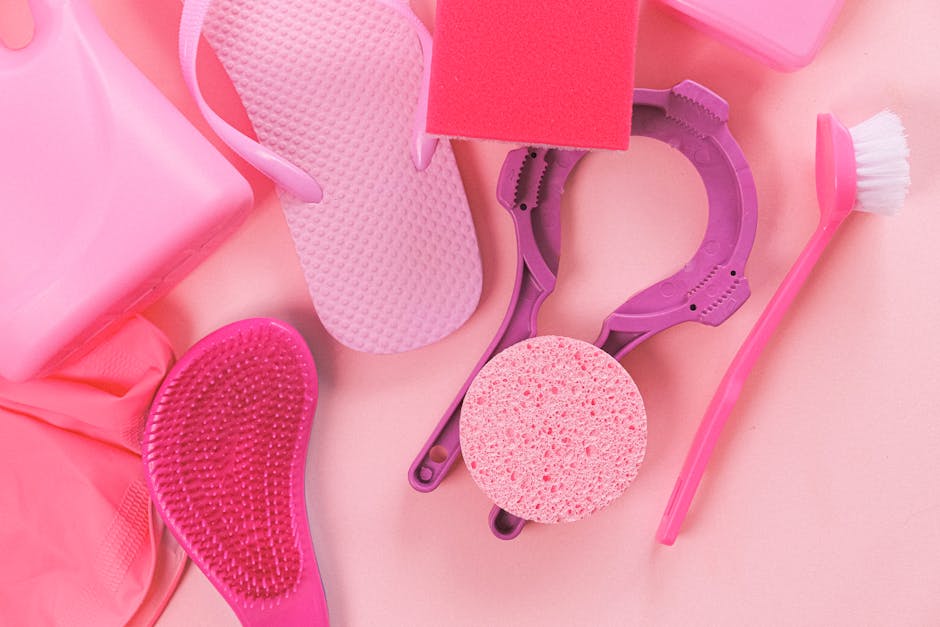
Whether you're using your sliding board in a healthcare setting, fitness facility, or mortuary service, cleaning should become second nature. For patient and mortuary transfer boards, hospital-grade disinfectant wipes are your best friend—give your board a thorough wipe-down after each use, paying special attention to handles and other areas you touch frequently. Always let the board dry completely before putting it away.
"I keep a pack of disinfectant wipes right next to where we store our boards," shares Melissa, a long-term care nurse. "It takes 30 seconds to clean, but prevents cross-contamination between patients. It's become an automatic part of our transfer routine."
If you're using a wooden sliding board, be careful with moisture—excessive wetness can damage the finish and eventually compromise the board itself. A slightly damp cloth followed by thorough drying is usually sufficient.
Fitness slide boards need slightly different care. Regular application of slide polish or silicone spray (following your manufacturer's specific recommendations) keeps the surface slick and responsive. After sweaty workouts, a gentle cleaning with mild soap and water removes oils that can affect performance. Don't forget to wash those booties or foot covers regularly too—they can get surprisingly funky after a few intense sessions!
Storage matters more than you might think. The best approach is to store your sliding board flat to prevent warping, though some manufacturers approve hanging them vertically to save space. Check your specific model's recommendations. Keep boards away from extreme heat or cold, which can affect material integrity over time, and avoid stacking heavy items on top that could cause bending or cracking.
Developing a regular inspection routine helps catch potential problems before they become safety hazards. Before each use, give your board a quick visual once-over for obvious damage. Weekly, take a closer look at edges, handles, and overall condition. Monthly, do a more comprehensive check including a weight-bearing test, and quarterly, schedule a deep cleaning and detailed structural assessment.
How do you know when it's time to replace your sliding board? Trust your eyes and hands. Any cracks, splits, or significant scratches that could potentially cause skin injury are immediate red flags. Watch for delamination (separation of layers), permanent staining that prevents proper disinfection, or any warping that affects the board's structural integrity. Even without visible damage, consider replacement if you've exceeded the manufacturer's recommended lifespan.
At American Mortuary Coolers, we've seen how proper maintenance extends equipment life. For facilities with multiple boards, we recommend implementing a simple tracking system with regular rotation—this helps distribute wear evenly across your inventory and makes it easier to identify when replacements are needed.
A well-maintained sliding board isn't just about saving money on replacements—it's about ensuring every transfer is safe, dignified, and efficient for both caregivers and those in their care.
Frequently Asked Questions about Sliding Boards
What length sliding board should I buy?
Finding the right length for your sliding board is like choosing the perfect pair of shoes – it needs to fit your specific situation. For standard patient transfers between a wheelchair and bed, boards between 27-32 inches usually do the trick. This length comfortably bridges the gap while still being easy for caregivers to handle.
If you're working in mortuary services like we are at American Mortuary Coolers, you'll likely need something longer – typically between 36-72 inches. These longer boards accommodate various transfer scenarios while ensuring dignified handling. The golden rule is to have at least 6 inches of overlap on each surface for stability and safety.
Fitness enthusiasts face a completely different situation. Their slide boards run much longer – anywhere from 6-10 feet – based on the user's height and available space. Taller folks generally need more room to fully extend during those lateral movements.
"I always tell people it's better to go slightly longer than you think you need," says transfer specialist Maria Rodriguez. "You can work with extra length, but a board that's too short creates immediate safety concerns."
Can one sliding board serve both rehab and fitness?
While it's tempting to find one sliding board that does it all, rehabilitation transfer boards and fitness slide boards are really apples and oranges. Transfer boards are compact (27-32 inches) and designed for bridging small gaps, while fitness boards stretch 6-10 feet to accommodate those sweeping lateral movements.
That said, there is some creative crossover in physical therapy settings. Many rehabilitation professionals do incorporate fitness slide boards into controlled exercise progressions. The smooth, low-friction surface works wonderfully for rebuilding strength and range of motion in a controlled way.
However, trying to use a fitness slide board for patient transfers would be like using a ladder as a bridge – not only impractical but potentially dangerous. The excessive length and different surface characteristics simply aren't designed for safe transfers. Similarly, a transfer board would be far too short for any meaningful fitness training.
If your facility handles both rehabilitation and fitness, investing in the right tool for each job is always the safest approach. Your patients, clients, and staff will thank you.
How do I prevent a sliding board from slipping during use?
Nothing causes heart palpitations quite like a sliding board that starts shifting during a transfer. Fortunately, there are several simple ways to keep everything secure:
First, check if your board has built-in non-slip elements. Many quality boards come with silicone strips or textured areas specifically designed to grip surfaces. If yours doesn't have these features (or they've worn down), adding aftermarket silicone or rubber grips can make a world of difference.
Proper positioning is absolutely crucial. Place about one-third of the board under the patient and two-thirds on the receiving surface. This distribution creates optimal stability through weight distribution. Having the patient lean slightly toward the board during positioning also helps keep everything in place.
"The environment matters more than people realize," explains transfer specialist James Wilson. "Make sure both surfaces are completely dry and free of powder, lotion, or anything else that might increase slipperiness."
Your technique makes a huge difference too. Quick, jerky movements are the enemy of stability. Aim for smooth, controlled transfers that don't create sudden shifts in weight or direction. Some specialized boards even feature curved undersides that naturally resist movement once weight is applied – a clever design feature worth considering if slippage is a recurring concern.
At American Mortuary Coolers, we've found that proper sizing is perhaps the most important factor of all. A board that's too long becomes unwieldy and difficult to position correctly, while one that's too short tempts users to place it precariously just to bridge the gap. When in doubt, consult with specialists who understand your specific transfer needs.
Conclusion
When you think about it, the humble sliding board is truly remarkable. Though it seems simple at first glance, we've seen throughout this guide how these versatile tools transform lives across healthcare, fitness, and mortuary settings. They're the unsung heroes making patient transfers safer, athletic training more effective, and decedent handling more dignified.
I've found in my years working with transfer equipment that the right sliding board can make all the difference in someone's daily life. For a person with limited mobility, it can mean the difference between dependence and independence. For caregivers, it can prevent career-ending back injuries. For athletes, it can lift performance to new heights.
When you're ready to choose your perfect sliding board, remember what matters most. Safety should always be your top priority – select a board with appropriate weight capacity for your needs and non-slip features that prevent accidents. Consider the specific application you need it for, as a board perfect for hospital use might not work well in home care. Pay attention to material quality too – whether HDPE, wood, or specialized composites, your choice affects everything from cleaning ease to how long the board will last.
Even the finest sliding board in the world requires proper technique. I've seen too many people try to improvise with these tools, which often leads to frustration or even injury. Take the time to learn correct usage methods, and you'll experience all the benefits these boards can provide.
Here at American Mortuary Coolers, we understand that transfers in funeral settings require specialized equipment designed with both dignity and practicality in mind. Our mortuary sliding boards provide funeral professionals with reliable tools for their important and sensitive work.
Whichever type of sliding board you choose, maintenance matters. With regular cleaning, proper storage, and occasional inspections, a quality board will serve you reliably for years, making transfers safer and easier for everyone involved.
For more information about mortuary equipment including specialized sliding boards designed for funeral home applications, explore our full range of products and services at American Mortuary Coolers. We're proud to craft quality equipment that helps funeral professionals provide dignified care nationwide.


